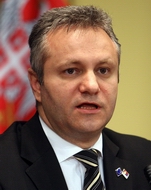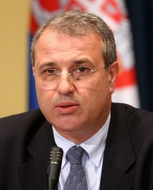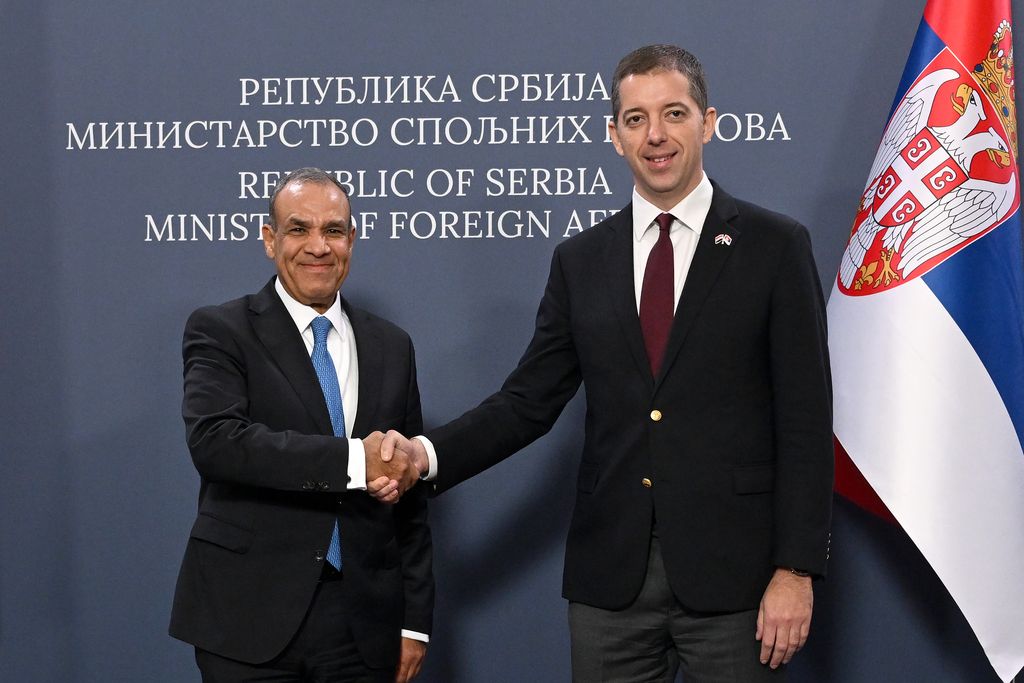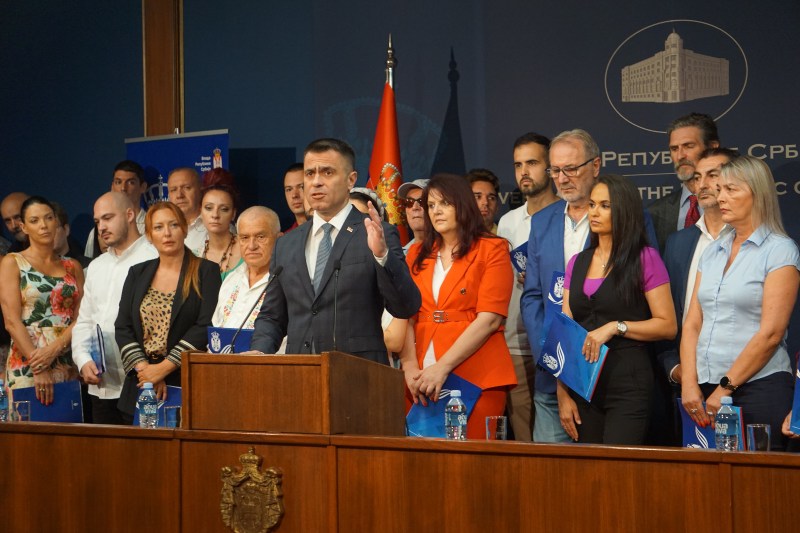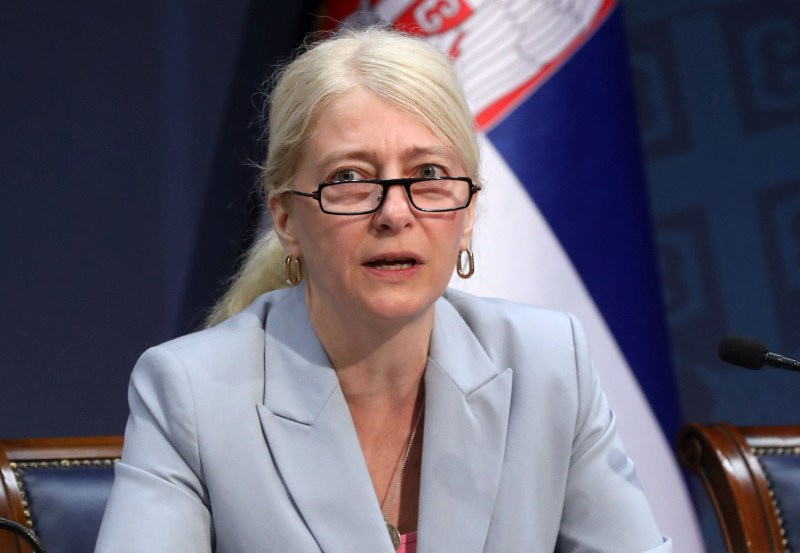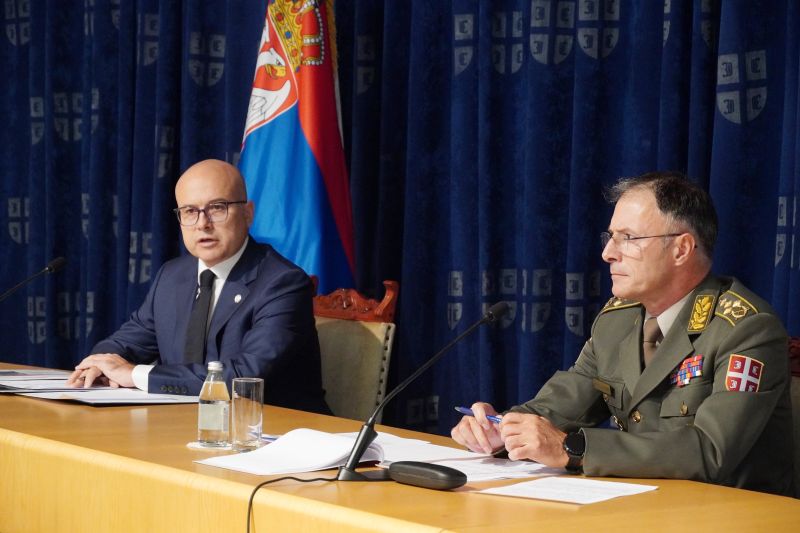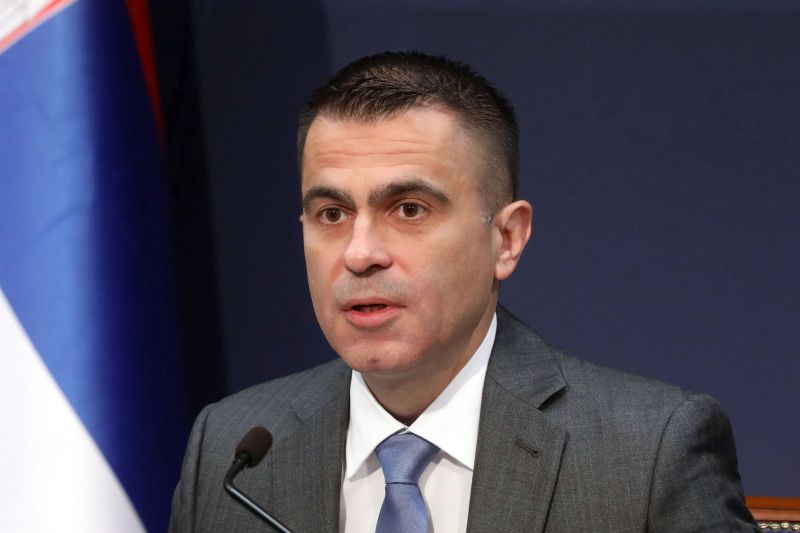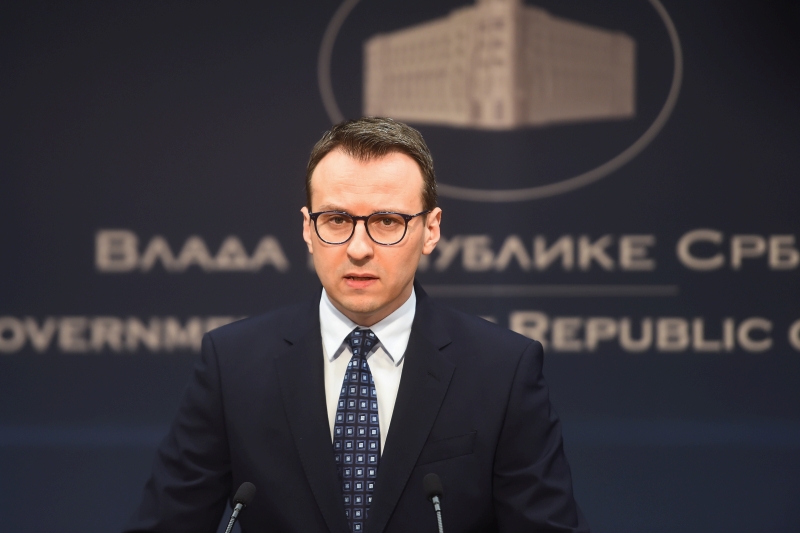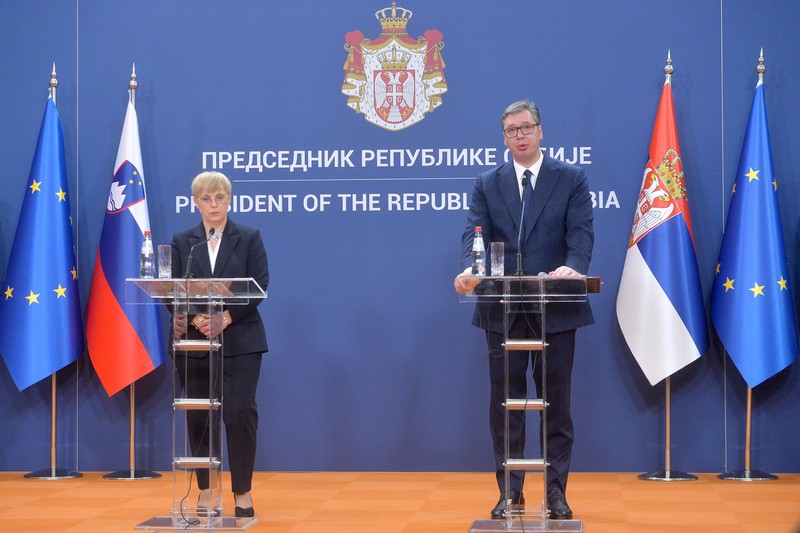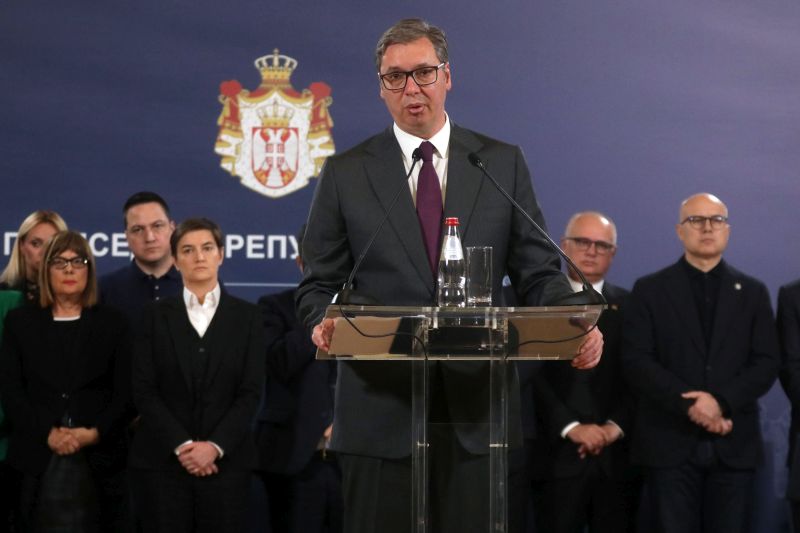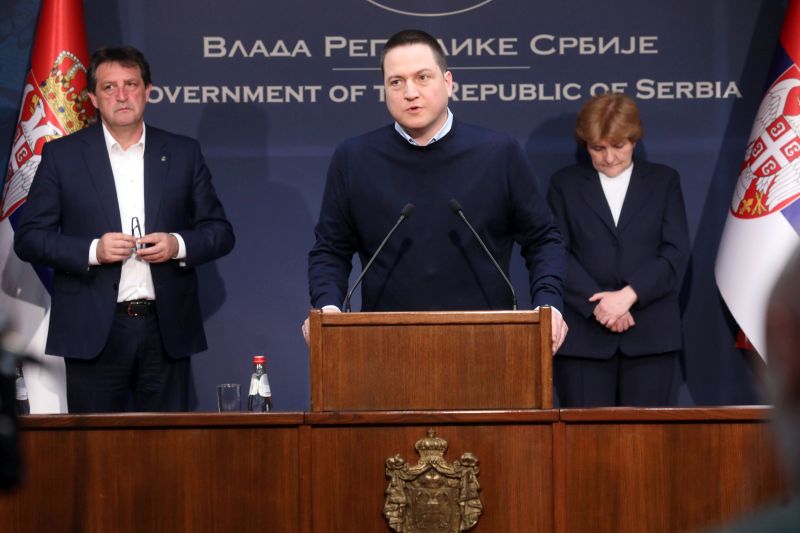Q:
A:
Government to launch national investment plan by end-June
Belgrade,
20 April 2006
Serbian Minister of Finance Mladjan Dinkic said that the government adopted today the Information on the need for a national investment plan for the 2006-2011 period and a proposal on forming a coordinating body which will be in charge of drafting and implementing this plan.
In a press conference held after the government session, Dinkic said that he was proposed for coordinating the body, while body members should include ministers’ of economy, science and environmental protection, capital investment, and trade, tourism and services.
This body will monitor the implementation of the national investment plan, he said and announced that the government should adopt the plan by the end of June.
All line ministries are expected to come up with concrete investment programmes for their sectors in coordination with professional organisations and through a public debate, Dinkic said.
Serbia is for the first time after many years in a situation with a surplus of privatisation revenues that can be used for public investment, Dinkic said and explained that privatisation revenues in recent years were used to cover the budget deficit.
The Minister said that apart from 40 million dinars of budget surplus, Serbia is expected to generate at least €1.3 billion in privatisation revenues, and added €1 billion for public investment.
Dinkic added that projects from seven sectors will be prioritised. These are projects from the education sector, projects to modernise the health system and environmental protection, projects on building traffic infrastructure, projects that directly or indirectly encourage economic development (incentives for employment and entrepreneurship, investments in energy, agriculture, water management, science and tourism), house construction projects, projects to improve the overall standard of citizens (sport, culture, social care) and projects related to improving the work of public administration (judiciary, police, the army and state administration).
He explained that the coordinating body will be tasked with composing the selection criteria, in which it will receive assistance from the World Bank. It will also draft suitable tender procedures to be carried out within these investments, with the aim of hiring as many people as possible.
The regional component will not be overlooked and proportionately more investments per capita will go to underdeveloped regions, said Dinkic adding that one of the aims is to prioritise those investments that can attract further private investments. In other words, the aim is to attract more private investments per every invested dinar, he said.
This body will monitor the implementation of the national investment plan, he said and announced that the government should adopt the plan by the end of June.
All line ministries are expected to come up with concrete investment programmes for their sectors in coordination with professional organisations and through a public debate, Dinkic said.
Serbia is for the first time after many years in a situation with a surplus of privatisation revenues that can be used for public investment, Dinkic said and explained that privatisation revenues in recent years were used to cover the budget deficit.
The Minister said that apart from 40 million dinars of budget surplus, Serbia is expected to generate at least €1.3 billion in privatisation revenues, and added €1 billion for public investment.
Dinkic added that projects from seven sectors will be prioritised. These are projects from the education sector, projects to modernise the health system and environmental protection, projects on building traffic infrastructure, projects that directly or indirectly encourage economic development (incentives for employment and entrepreneurship, investments in energy, agriculture, water management, science and tourism), house construction projects, projects to improve the overall standard of citizens (sport, culture, social care) and projects related to improving the work of public administration (judiciary, police, the army and state administration).
He explained that the coordinating body will be tasked with composing the selection criteria, in which it will receive assistance from the World Bank. It will also draft suitable tender procedures to be carried out within these investments, with the aim of hiring as many people as possible.
The regional component will not be overlooked and proportionately more investments per capita will go to underdeveloped regions, said Dinkic adding that one of the aims is to prioritise those investments that can attract further private investments. In other words, the aim is to attract more private investments per every invested dinar, he said.
Commissioner for Refugees Dragisa Dabetic recalled that apart from committing itself to the return of refugees, Serbia is also committed to their integration as a way of permanently solving this issue. This is why it was necessary to amend the Law on refugees, adopted back in 1992, he said.
At the time, there were 160,000 refugees in Serbia and in 1996 another 538,000 thousand were registered. Today, there are 107,000 people with refugee status, he said and added that together with the refugees who took Serbian citizenship, the total figure stands at 300,000 people.
Dabetic stressed that the issue of refugee integration primarily implies solving their housing problems. Therefore the amendments define the ways this problem can be dealt with.
Refugees can be given accommodation they can use, have on lease or buy out, or they can be assisted financially, that is be given construction material and similar, explained Dabetic.
There are over 2,500 housing units and objects in Serbia where refugees are accommodated at present. The law thus envisages that they can purchase these objects under very favourable terms, he said.
According to Dabetic, the money received as payment for these flats will be again used as assistance for refugee integration and housing programmes.
At the time, there were 160,000 refugees in Serbia and in 1996 another 538,000 thousand were registered. Today, there are 107,000 people with refugee status, he said and added that together with the refugees who took Serbian citizenship, the total figure stands at 300,000 people.
Dabetic stressed that the issue of refugee integration primarily implies solving their housing problems. Therefore the amendments define the ways this problem can be dealt with.
Refugees can be given accommodation they can use, have on lease or buy out, or they can be assisted financially, that is be given construction material and similar, explained Dabetic.
There are over 2,500 housing units and objects in Serbia where refugees are accommodated at present. The law thus envisages that they can purchase these objects under very favourable terms, he said.
According to Dabetic, the money received as payment for these flats will be again used as assistance for refugee integration and housing programmes.

